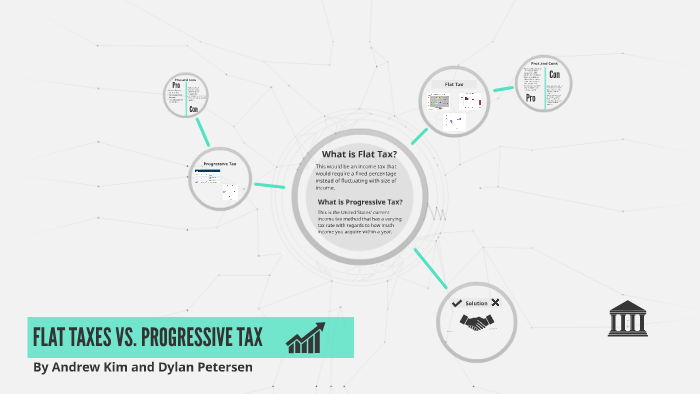
 In flat taxation systems, the tax rate is the same for all, no matter the income. Hence, regressive income tax works by principles that facilitate income inequality, even though it does aid in reducing the shadow economy. This means that the tax burden, again, is greater for those with low income.
In flat taxation systems, the tax rate is the same for all, no matter the income. Hence, regressive income tax works by principles that facilitate income inequality, even though it does aid in reducing the shadow economy. This means that the tax burden, again, is greater for those with low income. 
By buying the same product, people with different incomes pay the same price which, however, counts for a higher percentage for low-income earners than for high-income earners. An example of this type of taxation is the value-added tax (VAT).
In regressive taxation systems, the tax rate decreases with the increase of a taxpayer’s income, placing more burden on low-income earners. The main differences among these three taxation systems are the following: This is one of the main components in the fight against income inequality and the answer to the question: why progressive taxation? What this ideology represents is that high-income earners have to pay a larger percentage of their income than those with low or no income at all. Evidently, modern welfare states choose social justice. Why progressive taxation? When developing economic policies, countries are faced with choosing one of two approaches when it comes to taxation system implementation: social justice or market efficiency. 
Of the three possible taxation alternatives – regressive, flat and progressive – the majority of countries apply the latter. Countries adopt different income tax systems to ensure income redistribution among households.







 0 kommentar(er)
0 kommentar(er)
